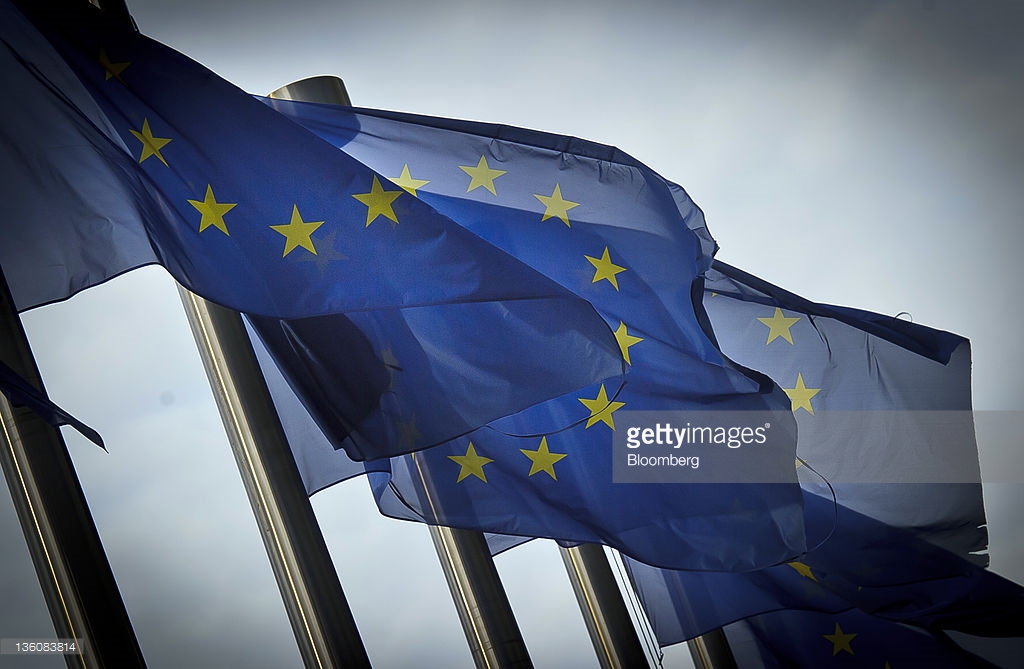The EU is facing difficult challenges within its borders (weaker economic performance and Brexit) and outside (a more inward-looking America). The Commission has recently released a White Paper describing possible scenarios for the future of the Union. Here is our take on the Commission’s proposals.
The weakness of a Giant
On the eve of the celebrations of the 60th anniversary of the signature of the Treaty of Rome, the EU finds itself in a crucial moment in its history having to face complicated Brexit negotiations and a possible tariff war with the US.
The economic performance of the EU has weakened. Indeed, even if Europe is still the world’s largest single market and trade power, its place in the world is shrinking: in 2004 the EU-27 counted for the 26% of the worldwide GDP, decreased to 22% in 2015 and forecasted to account for significantly less than 20% in 2030. Its population, which represented the 25% of the global one in 1900, will account for less than 5% in 2060 – no single Member state will have more than 1% of the world population. Fighting unemployment also remains an urgent priority for many areas of Europe and doubts on the ability of the EU social market economy to grant a future to all its citizens is spreading.
The “White paper on the future of the EU”
As a reaction to these challenges, on the 1st of March the European Commission presented a discussion paper proposing five scenarios for the Union by 2025, and presenting the document as a stimulus for a debate.
President Juncker wrote in the preface of the Paper:
“This White Paper is the European Commission’s contribution to this new chapter of the European project. We want to launch a process in which Europe determines its own path”
The paper proposes five scenarios for the future of the EU.
• Scenario 1: Carrying On – The EU27 focuses on delivering its reform agenda in the spirit of the Commission’s New Start for Europe from 2014 and of the Bratislava Declaration agreed by all 27 Member States in 2016.
• Scenario 2: Nothing but the Single Market – The EU27 is gradually re-focused on the single market as the 27 Member States may not able to find common ground on an increasing number of policy areas.
• Scenario 3: Those Who Want More Do More – The EU27 allows willing Member States to cooperate more closely in specific areas. Several “coalitions of the willing” may emerge.
• Scenario 4: Doing Less More Efficiently – The EU27 focuses on delivering more and faster in selected policy areas.
• Scenario 5: Doing Much More Together – Member States decide to relinquish power and share more resources and decision-making across the board. Decisions should be agreed faster at European level and rapidly enforced.
Some observers have seen the paper (in a typical European fashion) more as an exercise of style than a substantial way to indicate a virtuous policy path by the Commission. Paweł Świeboda, the deputy head of the European Political Strategy Centre, commented:
“Misleading and simplistic for discussion on EU’s future to boil down to binary choice: more or less Europe”
In truth, the release of the paper appears to have achieved the objective of initiating a debate. Indeed, Angela Merkel commented recently on the courage to accept a “multi-speed” Europe after talks in Versailles with Italy, Spain and France. Others clearly expressed an opinion on such a matter.
Which could be the right path?
Here is our take on the issue. Excluding scenarios 1 (simply because currently it’s not working) and 5 (because for many it would unrealistic and undesirable to think of a more integrated Europe), three alternatives remain for the future of the EU. The one based on the message “Nothing but the single market” would have been a scenario strongly favoured by the UK. Clearly, given pre and post Brexit negotiations, this scenario does not appear to be feasible anymore. An interesting and concrete solution could be a mixture between scenarios 3 and 4. In other words, what we are suggesting is the creation and consolidation of a minimal common European platform that would cover only areas essential to the survival and working of the union and, then, leave all members freedom to decide whether and how to cooperate with other countries.
Doing “less more efficiently”, focusing in particular in strategic areas such as defence, internal security and social issues, could become the necessary conditions to remain in the Union (and in particular the common market). We believe that tightening and improving the efficiency of a basic set of European common policies would reassure Eastern European members (especially Poland) who, fearing to be left behind, fiercely opposed the hypothesis of a programmatic document that would encourage some countries to integrate more closely than others. At the same time, allowing members to freely decide the timing and paths of further cooperation will make it easier to each State to relinquish national control, and make European cooperation more effective.
Whatever the result of the debate will be, we hope that the EU will find the strength and conviction to quickly react to the present challenges. A quick and shared agreement on the future of the Union will be essential to the survival of the European project.



